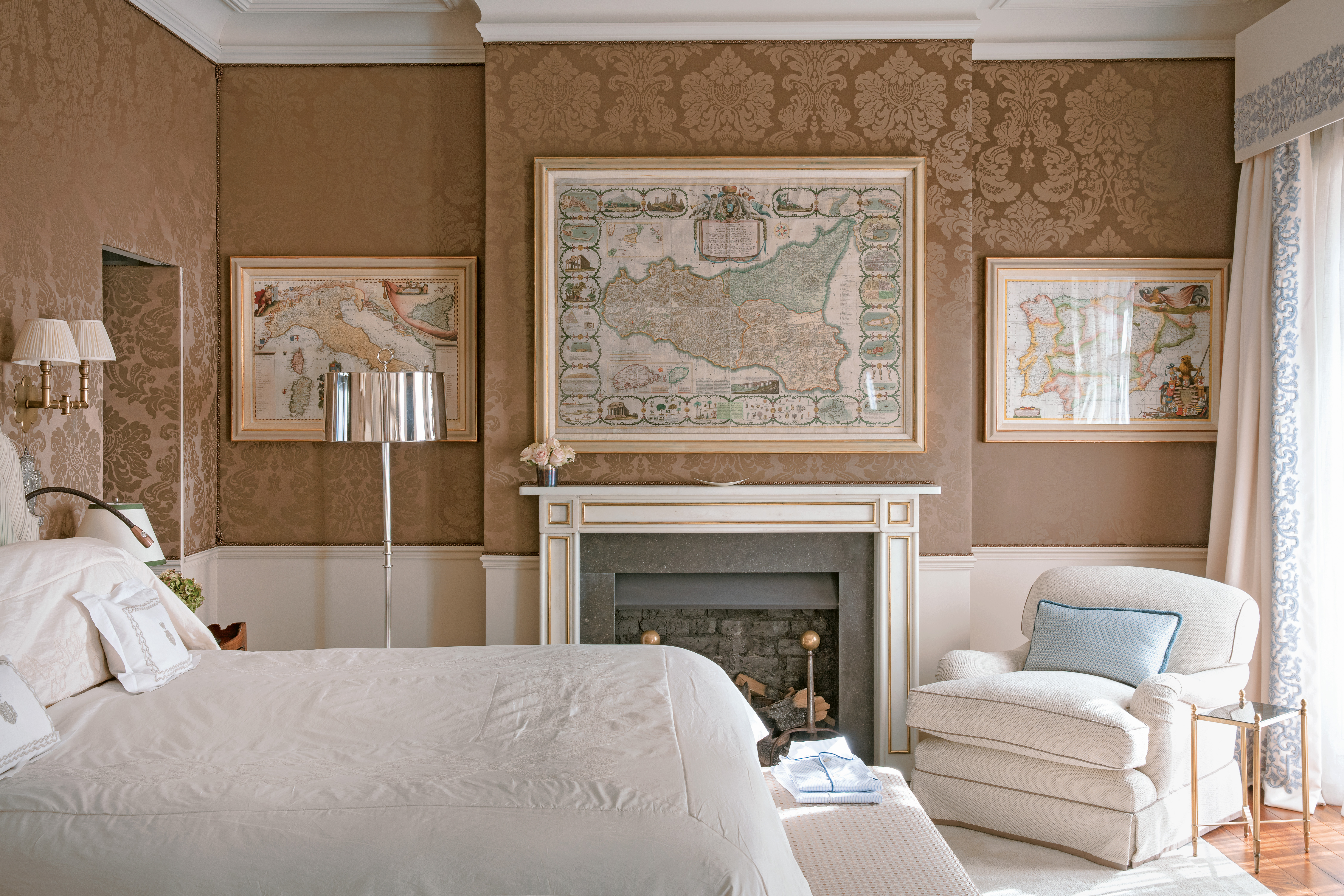The slipper chair: How one of America's great designers produced a classic of armless fun
The slipper chair might have its roots in the 18th century, but it owes its compact, convivial appeal to Billy Baldwin, a giant of 20th-century American interior design.


‘We can recognise and give credit where credit is due, to the debt of taste we owe Europe, but we have taste, too,’ said Billy Baldwin, the most inventive and distinctively American of American decorators, who pioneered a style that married comfort and simplicity like no one else. It was a skill that served him well; he ‘did’ for the Kennedys, Paul Mellon and, famously, for Cole Porter at his Waldorf Towers apartment.
Forty years after his death, Europe owes a debt to Baldwin. Although the slipper chair originated in bedrooms of the 18th-century haut monde as a place to perch when putting on shoes, he reinvented it for American beau monde 200 years later (Greta Garbo and Barbara Hutton were also clients).
The masterstroke was making it big enough to perch comfortably, but also — like the best occasional furniture — easy to move around according to the occasion. ‘Small women and football linebackers find it equally comfortable,’ he said admiringly of his brilliance.

As demonstrated by Emma Burns and Philip Hooper, co-managing directors of Sibyl Colefax & John Fowler, in their drawing room at last year’s WOW!house (pictured top), the slipper chair is key to creating a crisply elegant interior that isn’t heavily burdened with upholstery (this year’s show kicks off on June 5, at Design Centre, Chelsea Harbour). If not imposing symmetry, they also fit neatly and discreetly into otherwise redundant gaps.
Among the other attractions of the slipper chair is that it can be dressed up and down at a whim; reductivist chic at one extreme and gathered excess at the other, via discreet kick pleats. Compared with curtains and sofas, slipper chairs require far less fabric.
According to the US magazine Architectural Digest, Baldwin was notably thrifty in his choice of fabrics, favouring cotton and linen — although, apparently, Diana Vreeland was not; she opted for a scarlet floral. The slipper chair offers yet more evidence that, when it comes to furniture, interior designers tend to know best.

Credit: Rose Uniacke
Exquisite houses, the beauty of Nature, and how to get the most from your life, straight to your inbox.
The luxury of an armchair which one wishes to sink into and never escape
The activity of sitting has been much-maligned, but now receives an elegant makeover in the form of a moss green

Credit: Alamy
How to keep a dog off the sofa, by top trainer Ben Randall
Fed up with Fido leaping onto the furniture — whether it's your sofa, armchair, or your bed — whenever he

A Nina Campbell-designed bedroom where comfort and beauty go hand-in-hand
Nina Campbell combines comfort and calm in this harmonious bedroom scheme. Amelia Thorpe takes a closer look.
